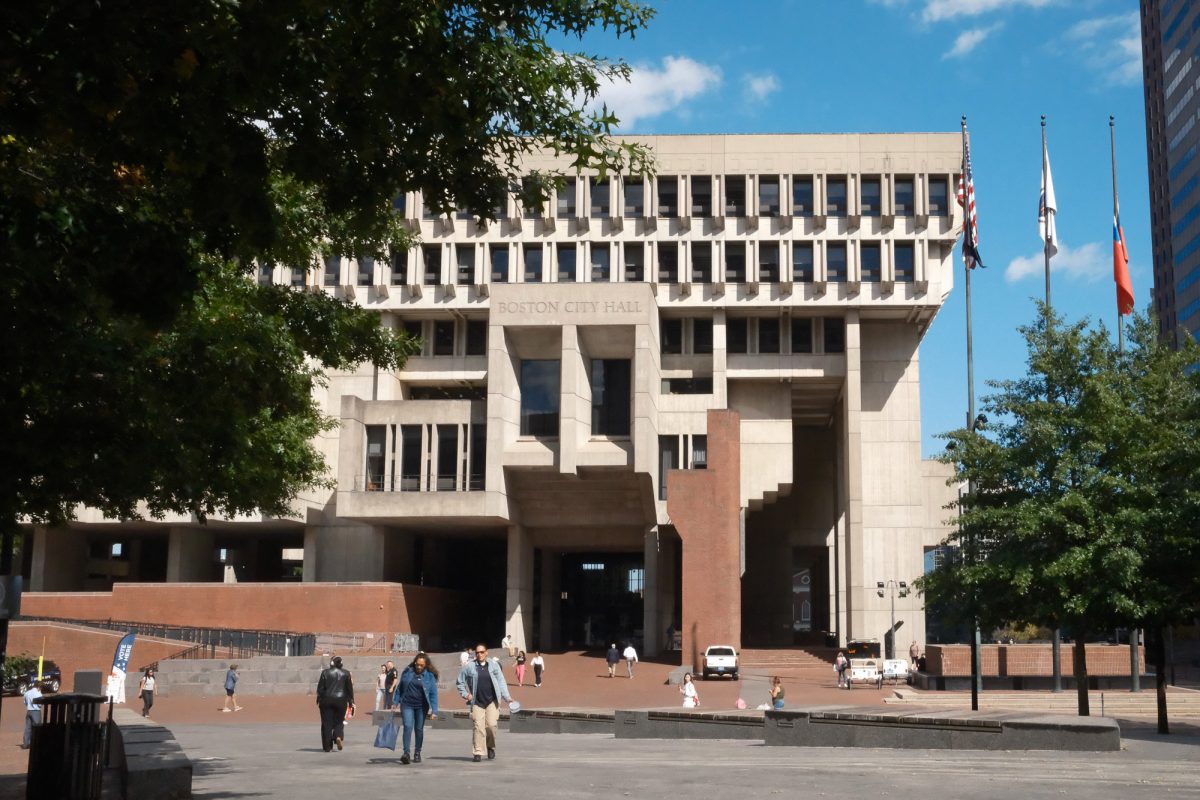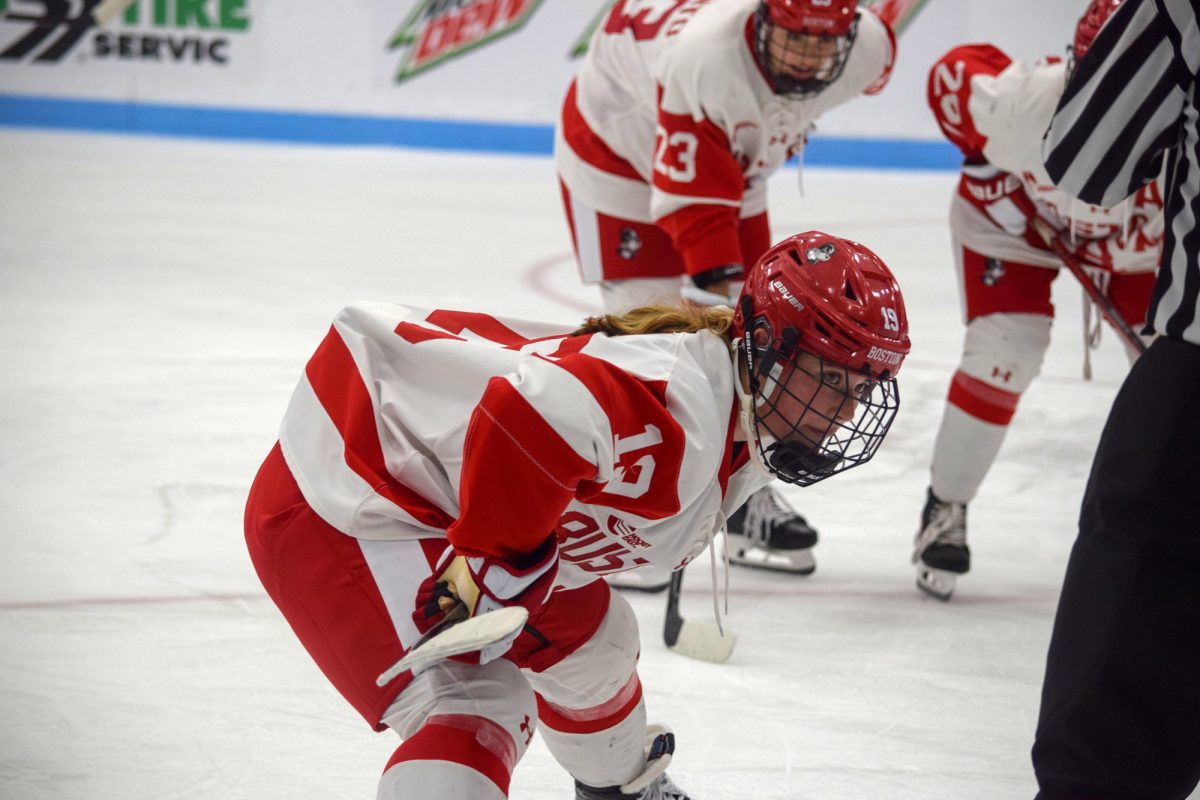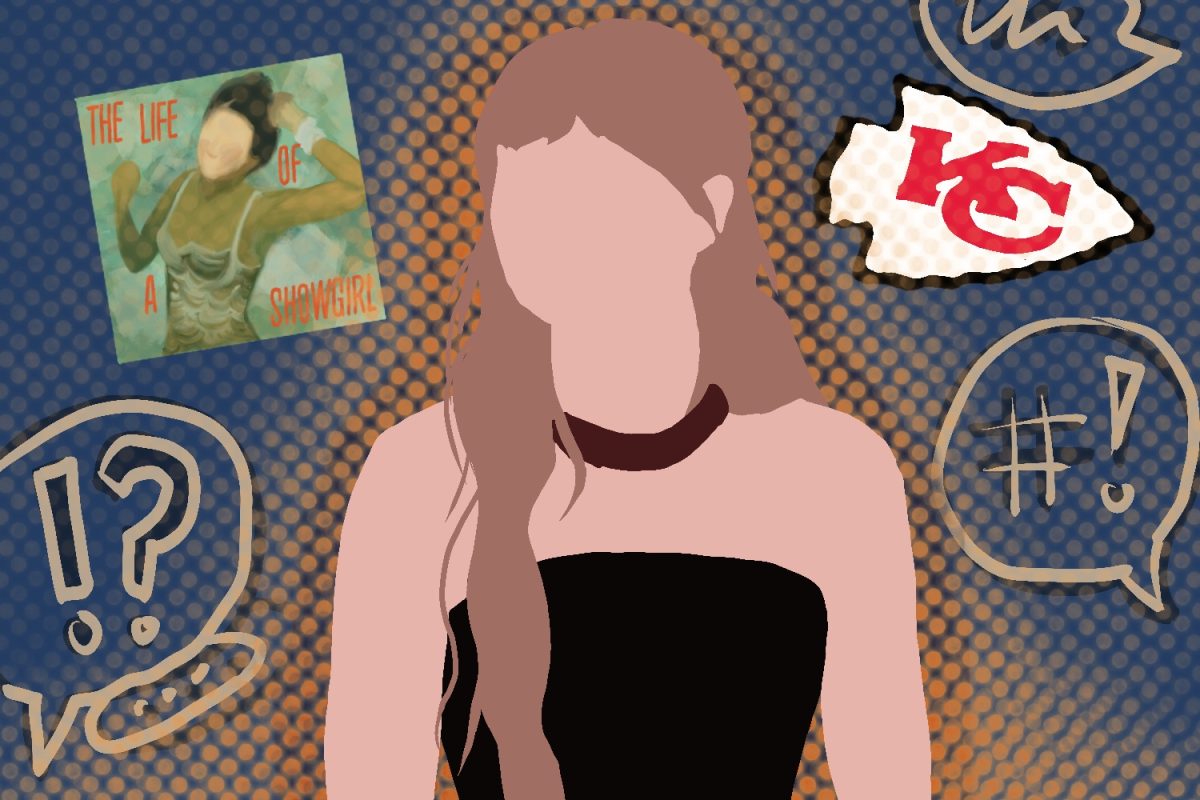National Football League viewership is on the rise for the second straight season as the league recovers from 2017, when the league had its lowest viewership numbers in the decade.
That means the NFL is in great shape, right?
Unfortunately, the league is not actually in a good place right now. Football is still America’s favorite sport, but is being haunted by two issues that will erode public opinion if they continue.
The more pressing is the inherent danger to the brain that comes with playing football. Concussions and brain damage are an unfortunate reality of football, even as the NFL tries to say it is working to protect players.
Football is as dangerous as it is entertaining, but it has only been within the past 15 years that the brain damage that comes with playing football has reached the spotlight.
Despite a multitude of rule changes, players are still at risk of experiencing damage to their brains while playing football. Head collisions happen in every sport and football is no different, but consistent, small collisions combined with huge hits exacerbate many of the injuries that occur to players.
Rule changes are a good place to start for the league to protect its players, but the NFL is not doing nearly enough to protect them. In a game Thursday night, Steelers wide receiver Juju Smith-Schuster was knocked out with a concussion by a Browns defender after catching a pass because the defender came flying in recklessly.
The cornerback who hit Smith-Schuster, Greedy Williams, was not suspended because the hit wasn’t intentional, but if the NFL wants to crack down on helmet-to-helmet hits, the league must start suspending players to discourage reckless play.
Williams’ hit on Smith-Schuster wasn’t even the scariest hit of the night. Browns safety Damarious Randall cheap-shotted Steelers receiver Dionte Johnson, who was in a defenseless position after trying to catch a pass. Randall was rightfully ejected from the game, but was not given a suspension despite hitting Johnson so hard he got a concussion and started bleeding from his ear.
The lack of action from the NFL says everything about its stance on player safety: they simply don’t care. The league puts on a brilliant facade when advertising rule changes or equipment innovations, but in the end, it is the players causing these injuries, not the games or helmets.
Players are putting their bodies on the line for the NFL and the league should take responsibility by punishing players who are making these hits in order to protect the people on the field instead of worrying about the NFL brand.
Thankfully, the NFL’s second issue is much easier to fix than the concussion problem. The league’s knee-jerk reaction to last season’s National Football Conference championship debacle — there was no flag after New Orleans Saints receiver Tommylee Lewis was crushed while trying to catch a pass — was to make pass interference calls challengeable.
It seemed like a good idea in theory, but in practice it’s been a disaster. Blatant pass interference calls are not being overturned and no one is sure why.
Since week three of the season, coaches are 2-for-41 when challenging a pass interference play on the field. It truly is as ridiculous as it sounds — receivers are being manhandled by defenders who are given a free pass even though anyone with a basic knowledge of the game can tell there was interference.
The most convincing evidence of conspiracy not to overturn calls happened in Sunday’s game between the Baltimore Ravens and Houston Texans. Texans receiver DeAndre Hopkins leaped for a pass in the endzone, but was grabbed and twisted by Ravens cornerback Marlon Humphrey.
No flag was thrown, but human errors happen and you’d think fixing incorrect calls was exactly why they implemented the new rule, right? Well, you’d be wrong — the NFL implemented this rule to make Saints fans happy after they were robbed of a Super Bowl appearance and the league clearly has no intention of enforcing the rule.
There are two paths the NFL could go down here. It could make it impossible to challenge pass interference calls again, which at this rate would be an improvement over the false sense of improved rules we have now. The other option is for the league to remove the Senior Vice President of Officiating Alberto Riveron because of his incompetence and his officiating crews.
Riveron’s job during games is to make rulings on the field from the NFL’s officiating office in New York when replay is employed. He uses the NFL officiating Twitter account to explain controversial calls, but there was suspiciously no explanation for the missed call on Hopkins.
Riveron is under constant fire from media and fans for the officiating that happens every week and nothing will change as long as he is in charge.
There will always be complaints about officiating. It’s human nature to get mad when something goes against your team, but when people on both sides are banding together to say how bad the referees are, there’s a problem.
To the casual fan, the officiating problem might seem more dire because it is affecting games now, but the concussion issue is the most haunting from both a human and league perspective.
I’m not the one to say we should feel guilty for watching people experience brain trauma on national TV. I’m complicit in watching it, too. But in the longer term, there has to be some changes for football to still be a sport in the future. As more studies about football and chronic traumatic encephalopathy come out, the bleaker the future of the sport looks.
The ball is in the NFL’s court now. If the league does not take action now and the disturbing trends found in CTE research continue, we might not be watching football in the next few decades.























































































































